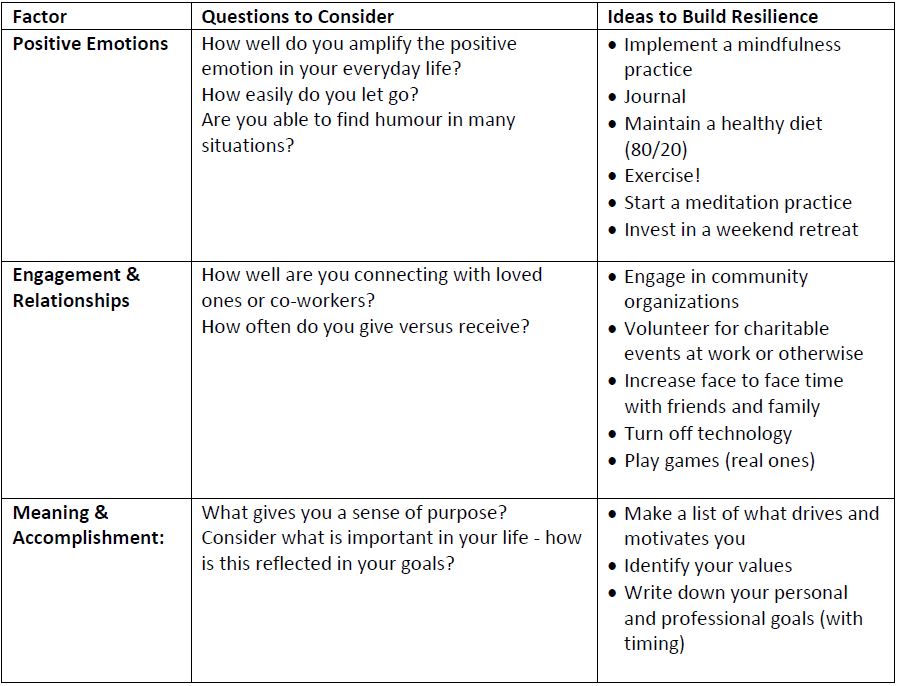“Do not judge me by my success, judge me by how many times I fell down and got back up again.”
― Nelson Mandela
Resilience. If we look at the dictionary definition, it’s the capacity to recover quickly from difficulties; toughness. That’s all well and good but what about when things get really bad? When your confidence gets shaken and you’re taken down a few notches? What do you do when you’re thrown for a loop or sideswiped? When you’re knocked off your game? Say you get unexpected feedback and it’s not the “hey you’re doing an amazing job” type of feedback but more the “I’ve got some feedback that I’d like to share with you” and it ends with a pink slip. How do you gather the inner strength and resolve to be like one of those toys from the ‘80s? You wobble but you don’t fall down.
More importantly, how do you cultivate the resilient bounce-back factor in your teams? We know that mistakes will happen, that setbacks will occur but great leaders not only are resilient and bounce back from set-back but also are able to do so with their teams.
Martin Seligman, aka the father of positive psychology, has spent years studying the factors associated with resilience and understanding how we might immunize people against learned helplessness, against depression and anxiety, and against giving up after failure. His research identified a few key factors that are foundational for resilience; at the heart of is, he found that optimism is a critical factor in buffering one’s reaction to incredibly difficult times.
“My barn having burned down; I can now see the moon.”
― Mizuta Masahide (17th-century Japanese poet and samurai)
Seligman’s model of resilience goes on to identify the common elements in highly resilient people (PERMA):
- Positive Emotion: Resilient people often have a positive image of the future. They maintain a positive outlook and envision brighter days ahead.
- Engagement: Resilient people often focus their time and energy on changing the things that they have control over.
- Relationships: Resilient people often are empathetic and compassionate. They maintain healthy relationships, in all aspects of life.
- Meaning: Resilient people often strive toward work that gives them a sense of purpose and is aligned to a greater good.
- Accomplishment: Resilient people often have solid goals and a desire to achieve those goals.
Perhaps you’re a bit of an Eeyore or a glass half empty type. You might read the above and think “oh bother” and yes, that’s a full-on Winnie the Pooh reference for the fans out there. Have no fear, my fellow pessimists or take comfort in the fact that while, yes, your reaction to adversity may be conditioned over years of hardwiring, you can reframe and build new and more positive responses.
The beauty of building resilience is that it only takes one action to begin to make a difference. You’ll find that these practices begin to build up over a period of time and the one action begins the momentum. Read through the chart below to consider what factors you might need to work on to build resilience in yourself. You can also use this with team members in one-to-one situations to help them reframe and build their own approaches to becoming more resilient.

Curious to learn more? Connect with Shelby (sgobbo@goroundtable.com) to review our coaching clinic on Resilience.

